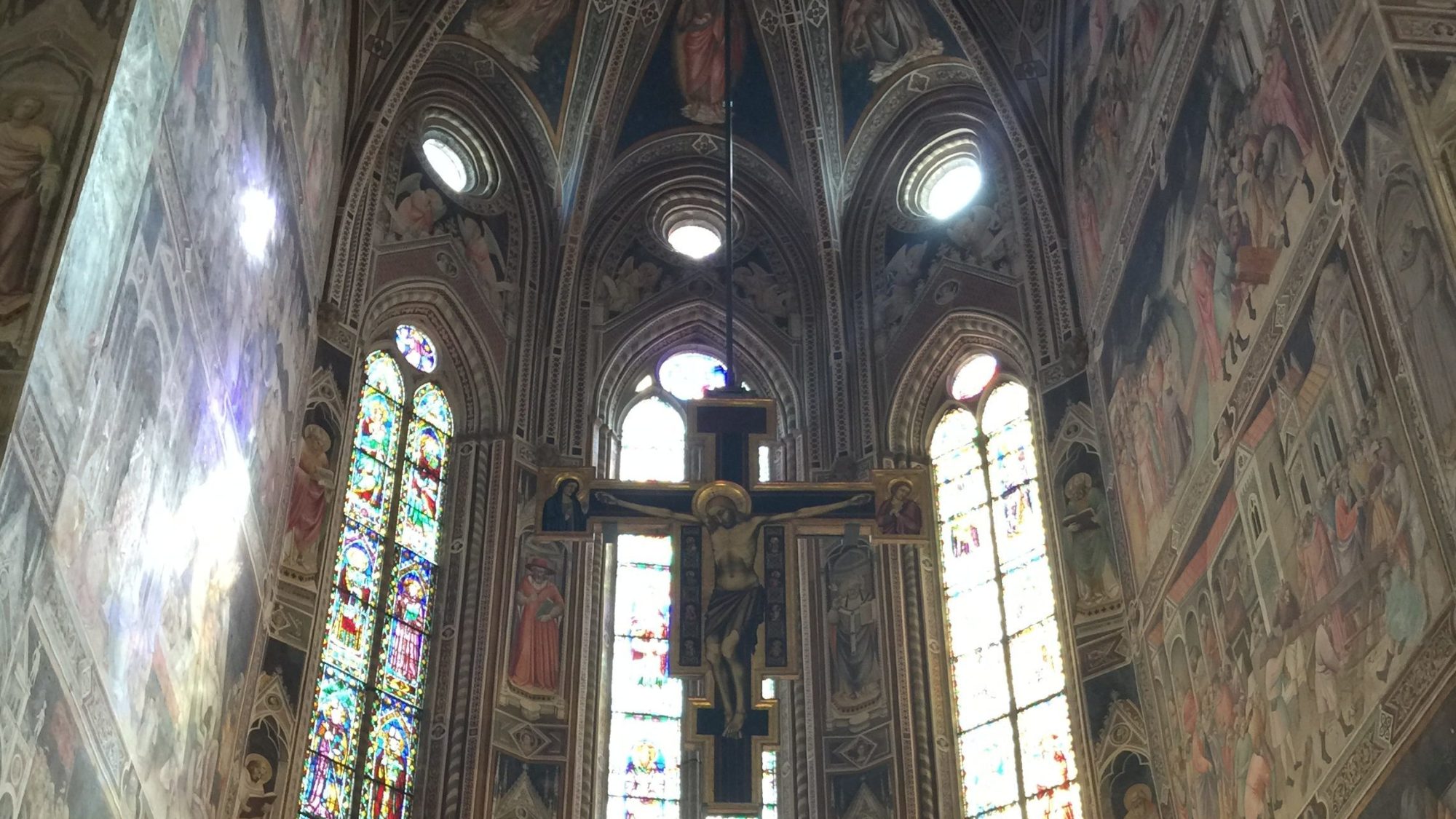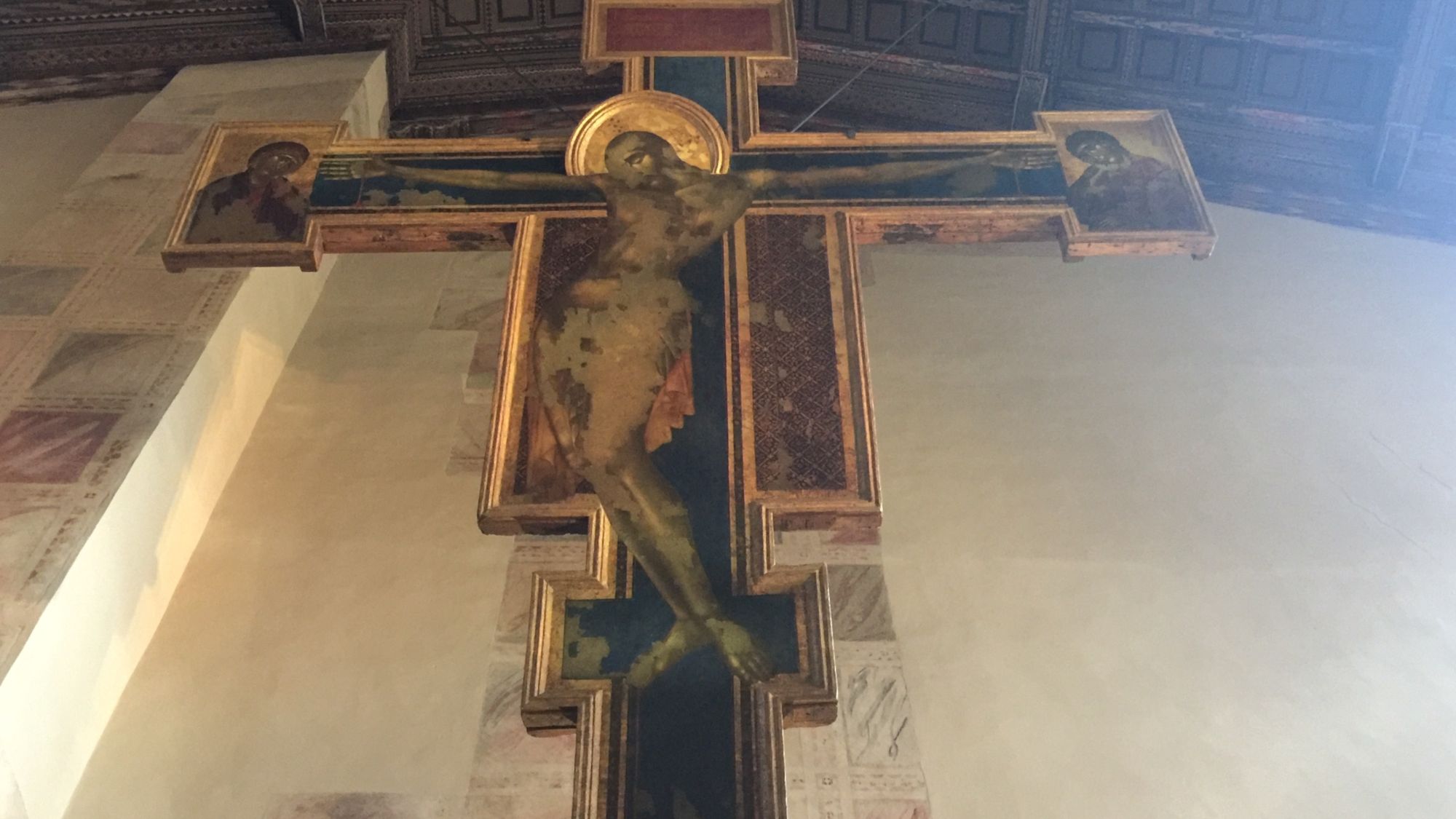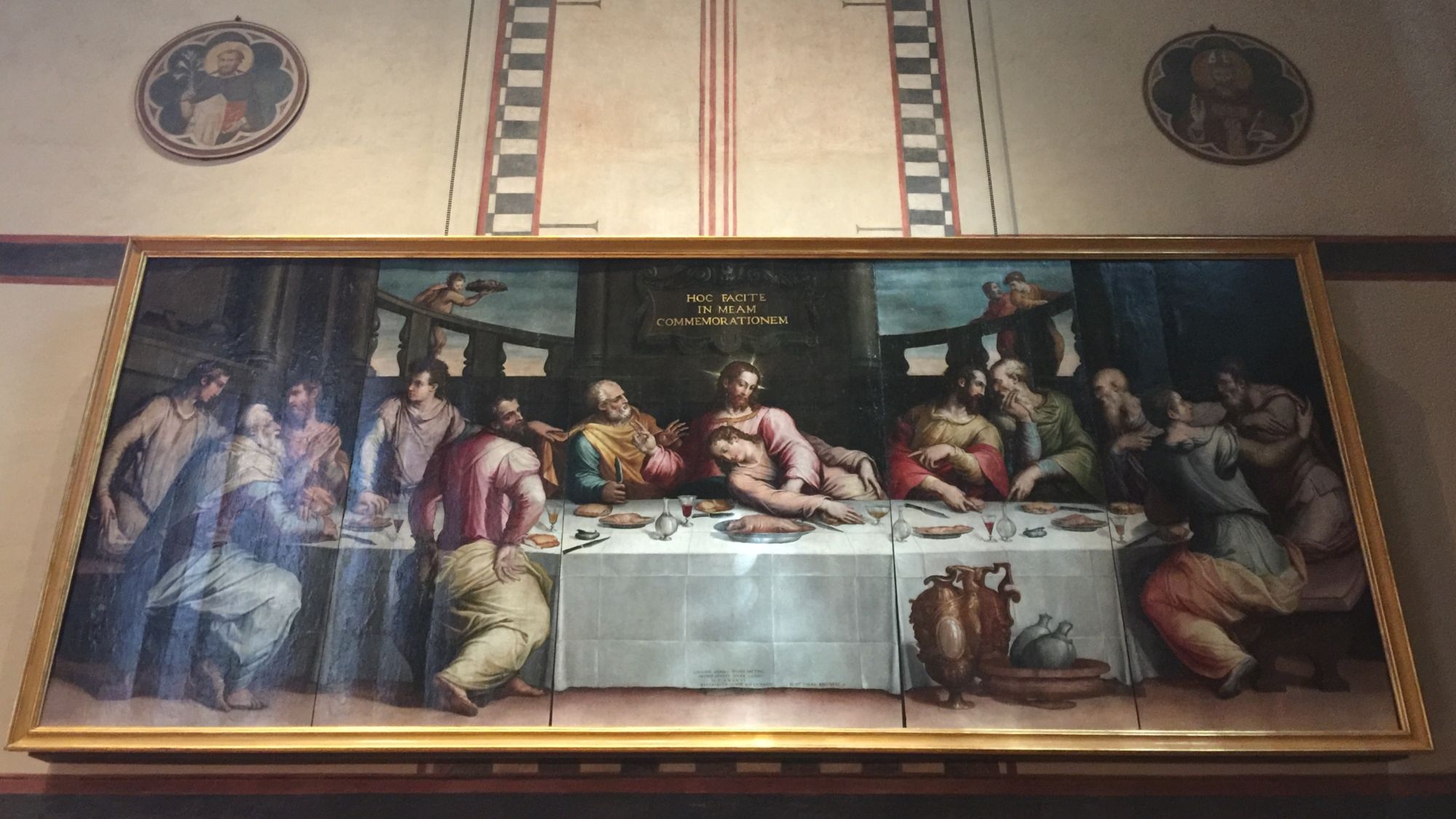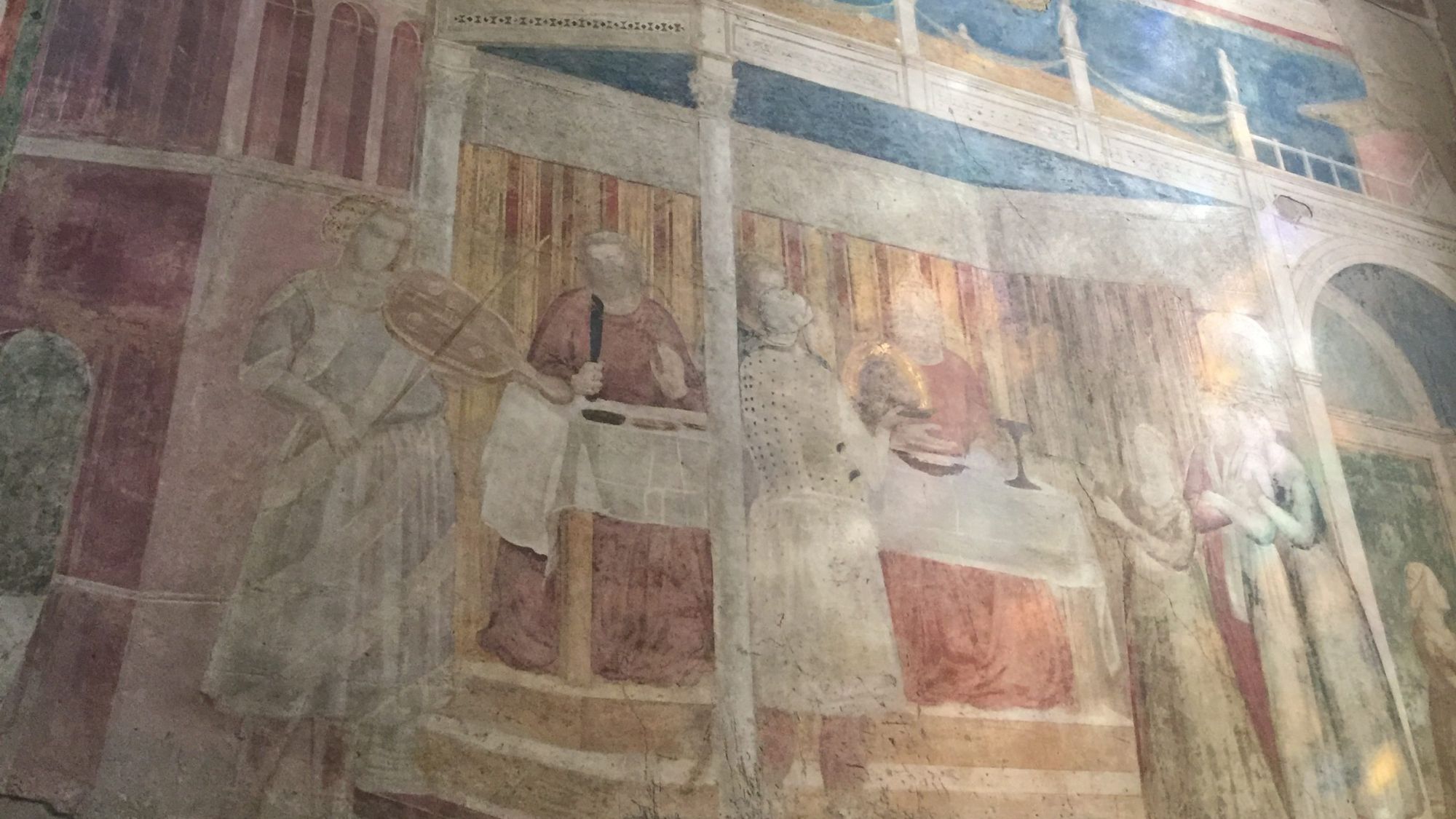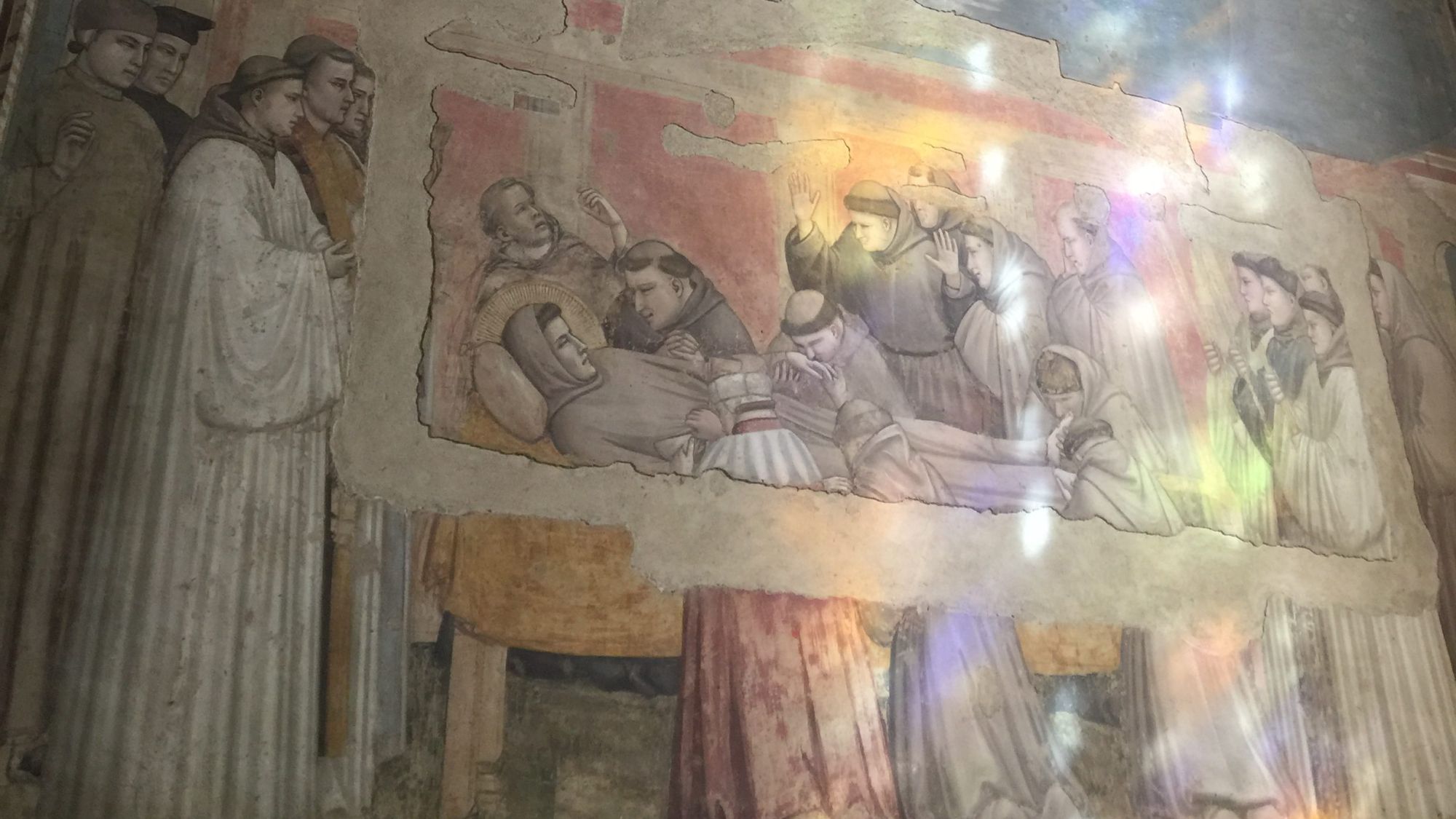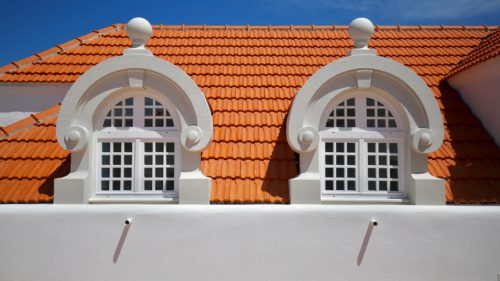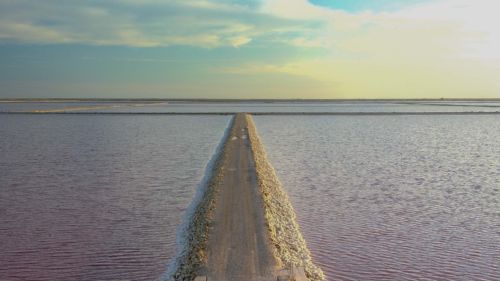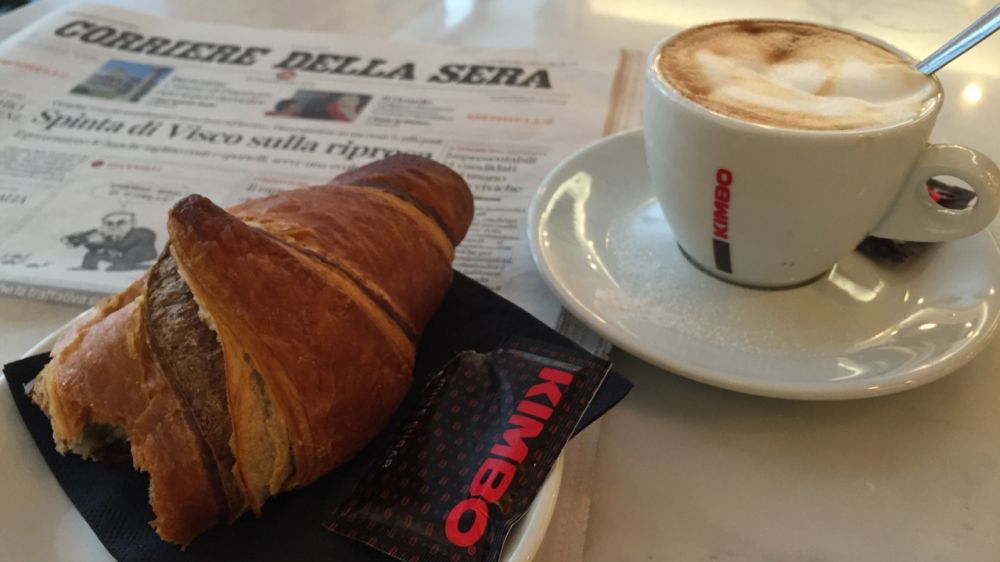The River, the Cross & the Mud Angels – a Story of Florence
The church of Santa Croce is one of those monuments that never ceases to amaze me, no matter how many times I visit; and truth be told, I plan on spending some time there each time I’m in Florence. There are so many reasons as to why it keeps luring me back: for one, this is where some of the most brilliant minds of all time rest, from Michelangelo to Galileo, so I like to go pay homage. And then, the astounding number of extraordinary artworks – you can’t skip Giotto’s frescoes at the Peruzzi and Bardi chapels and his Baroncelli Polyptych, to start.
But also, and more incredibly, the story of how many of the artworks that decorate the church were salvaged from the mud of the Arno river in 1966: that always makes my eyes tear up a little.
Following consecutive days of intense rain, in the early hours of November 4th, 1966, the Arno breached the levees and flooded the city. Devastation insued. Santa Croce was among the first neighbourhoods slammed by the deluge, by then soiled with oil from crushed cars and domestic heaters. The church itself was built on low marshland on the northern shore of the Arno, a detail that exacerbated the contamination of its artworks. The water level inside reached almost 3 metres.
When the water receded, the destruction emerged. The flood caused at least 100 casualties in the city and surrounding areas. Thousands of artworks and monuments were damaged. Much of it was salvaged thanks to myriad volunteers descending on Florence from all over Italy and abroad, from the US, the UK, France, Switzerland, The Netherlands, Croatia, Iran, and more. Many of them were just art history students.
Thanks to their tireless efforts – as they were operating in dire conditions – we can now still appreciate many of the artworks and manuscripts that comprise the collections of the Uffizi, the National Library, and Santa Croce itself. In an article for Italian newspaper Corriere della Sera, published on November 10th, 1966, journalist Giovanni Grazzini dubbed this ragtag army of art-lovers as “Mud Angels”, a definition that stuck with them to this day. (The city of Florence invited these unsung heroes to an official celebration in Palazzo Vecchio in 2016 to praise their efforts).
Cimabue’s wooden Crucifix, which was hanging in Santa Croce, was submerged in water for more than 12 hours. When it was retrieved, over 70% of the paint was lost. Pope Paul VI referred to it as the catastrophe’s “most important victim”. Within 10 years from the calamity, the artwork returned to Santa Croce, and is now hanging suspended in the sacristy of the church. Another illustrious example is Vasari’s Last Supper, whose long restoration process allowed it to be put back in the church in 2016, on the 50th anniversary of the tragic event.
A documentary by Italian filmmaker Franco Zeffirelli, called “Florence: Days of Destruction” (Per Firenze, In Italian) and narrated in English and Italian by Richard Burton, was released on November 23, 1966, just three weeks after the flood. It helped raise funds for the reconstruction effort, about $20 million (here’s a good podcast from the National Gallery of Art in Washington DC on the topic).
Fifty-three years after the fact, as I stroll through the tall naves of the Santa Croce church, its sacristy, and the new museum rooms, I can’t help but feel deeply grateful to those unnamed mud angels who helped save the artistic memory of my country.
Luisa’s love of art knows no bounds, but happily not all art makes her weep. You can email her directly to follow in her footsteps in Florence and beyond.
